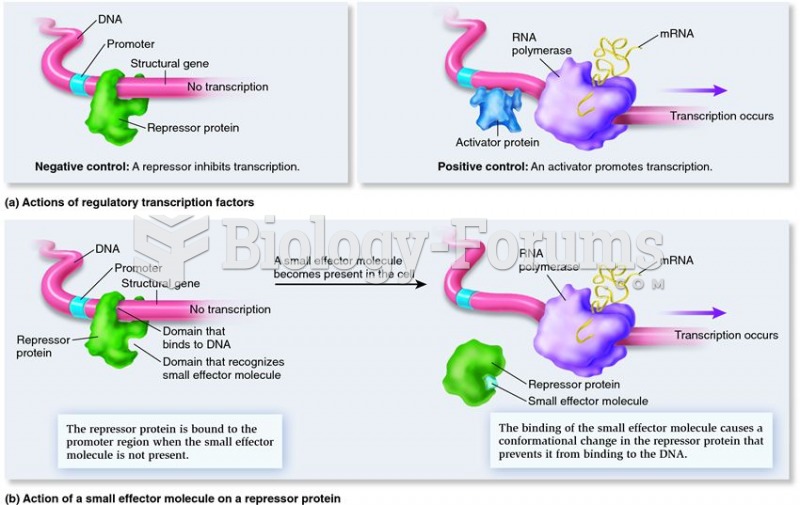This topic contains a solution. Click here to go to the answer
|
|
|
Did you know?
The first-known contraceptive was crocodile dung, used in Egypt in 2000 BC. Condoms were also reportedly used, made of animal bladders or intestines.
Did you know?
Cyanide works by making the human body unable to use oxygen.
Did you know?
Medication errors are three times higher among children and infants than with adults.
Did you know?
Approximately one in four people diagnosed with diabetes will develop foot problems. Of these, about one-third will require lower extremity amputation.
Did you know?
If all the neurons in the human body were lined up, they would stretch more than 600 miles.






